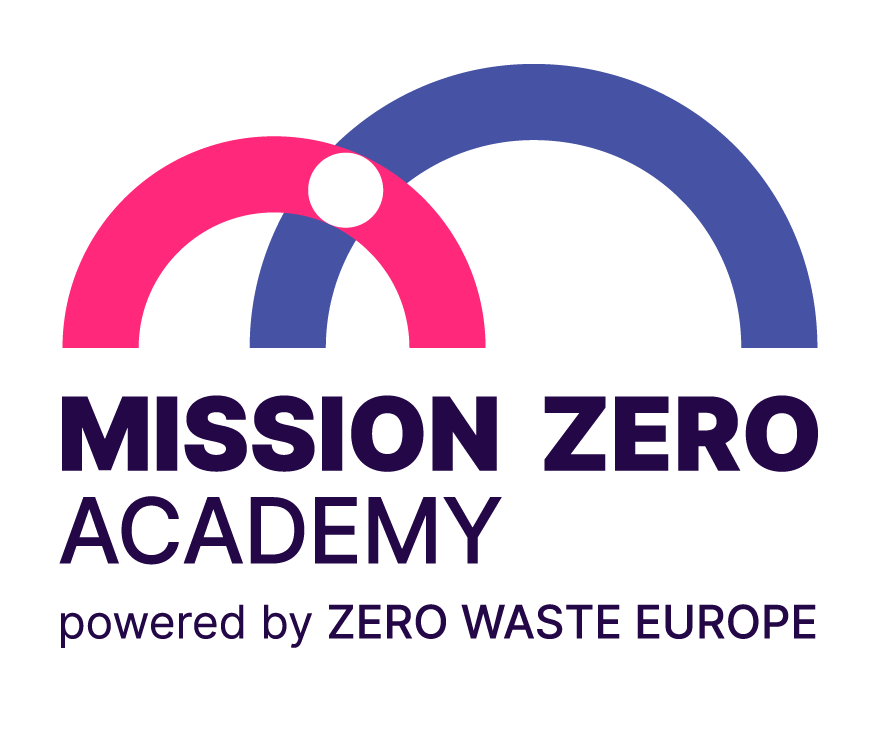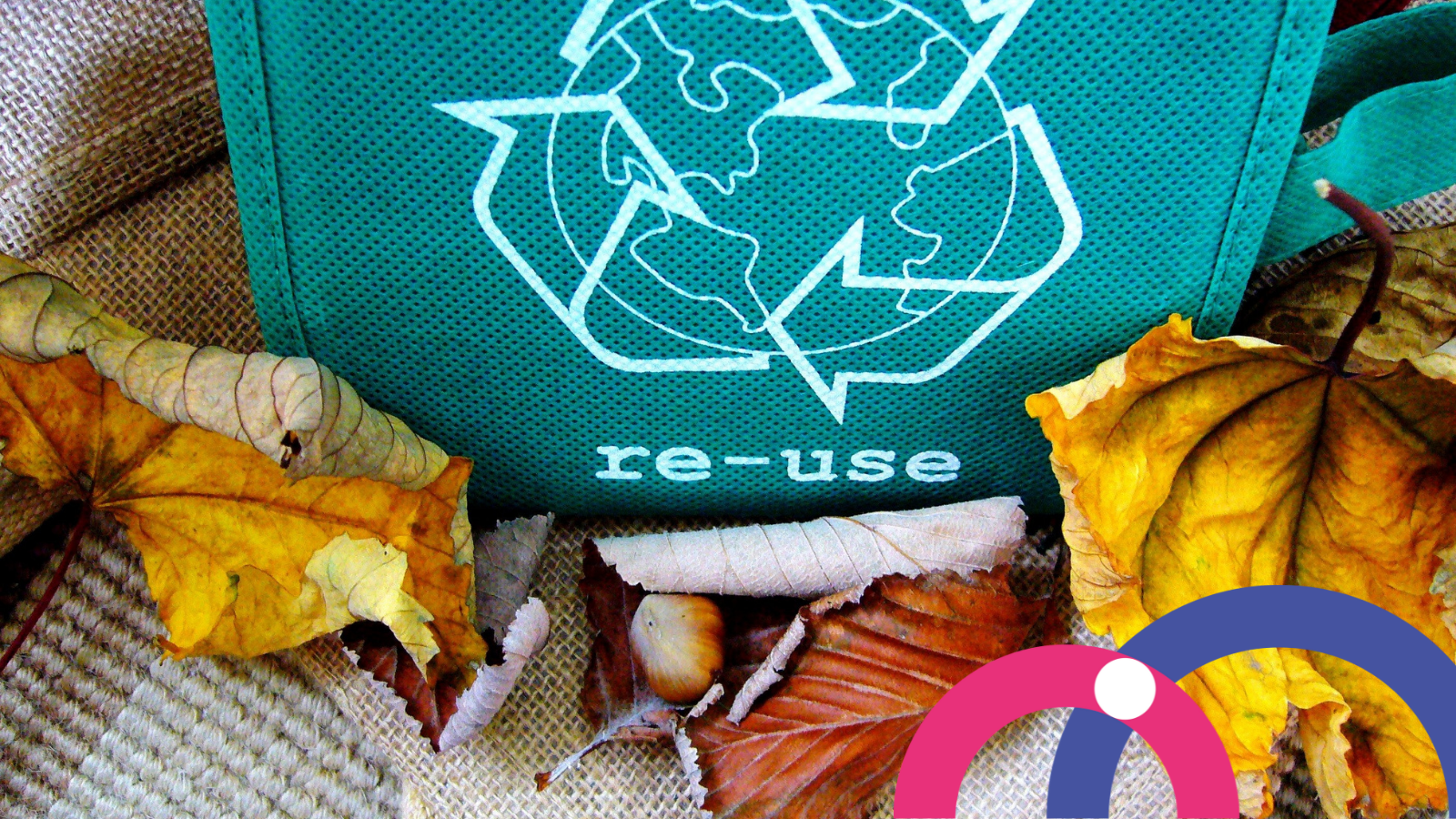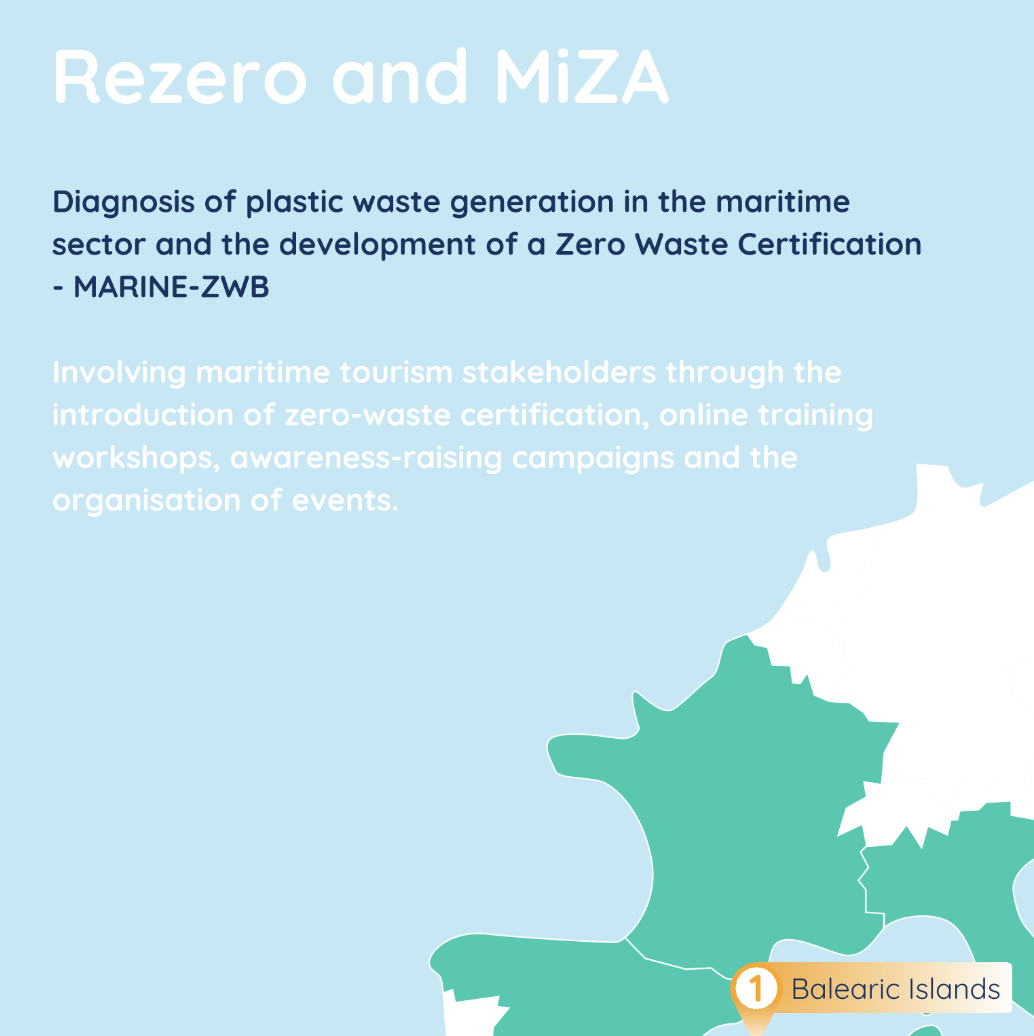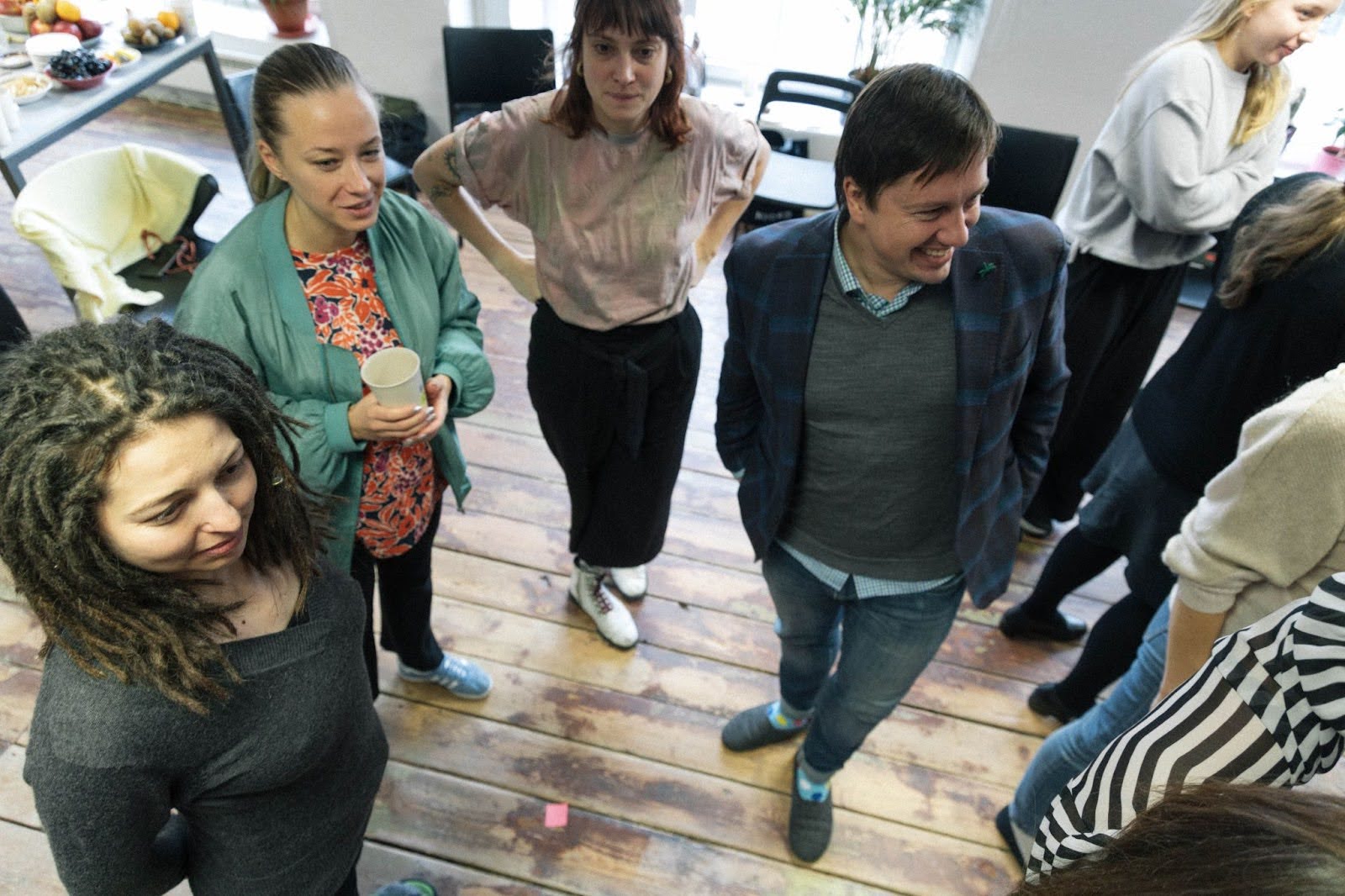Over recent years, marketing and profits encouraged a rapid renewal of purchases out of line with consumer needs, contributing to overproduction and overconsumption. As a result, many items are being thrown away before the end of their lifespan, from furniture to electronics, which can still be perfectly reused, repaired, or recycled.
For example, in the state of Bavaria in Germany, it was estimated that between 13% and 16% of electronic waste, used furniture, and used leisure goods could immediately be prepared for reuse. The short lifespan of products and materials is currently adding to our waste problem and the associated greenhouse gas emissions.
On top of that, European countries still consume vast amounts of resources and materials that are simply unsustainable in the long term. Action is urgently needed. Our future depends on prioritizing reuse and repair by making products last longer and retain their value, rather than being thrown away after only a few uses. Diverting waste bound for landfills and putting it to good use, then, is an obvious way to conserve resources and help reduce emissions.
Municipalities play a crucial role in boosting reuse and repair
The term reuse is defined in the Waste Framework Directive of the European Commission as the “operation by which products or product components that are not waste, are re-used with the same use for which they were designed.”
Municipalities are not just responsible for the collection and sorting of unwanted materials and products, but also for facilitating the preparation for reuse, such as checking, cleaning or repairing items. They have a crucial role to play in our transition towards a circular economy.
By adopting ambitious targets, both for individual waste and for municipal waste in general, the EU is doing its best to support municipalities in the progress of reuse and recycling. Among these targets are limits on the number of raw materials that can be used, to try to reduce the ecological footprint of the EU, and make reuse and repair an important pinnacle in waste policies.
These binding targets also mean that municipalities must act now, rather than later, when it comes to developing and implementing reuse strategies.
Environmental and social benefits of reuse strategies
Reuse strategies not only benefit the environment, but also local communities. Prioritizing and implementing reuse measures has been proven to increase local employment, reduce waste, and strengthen the local economy by allowing money to be reinvested locally.
- Increase local employment
Recent analysis shows that reuse policies create over 200 times as many jobs as landfills and waste incinerators. When run by social enterprises, these activities give people of all backgrounds and skill levels additional work and training opportunities.
- Reduce waste and costs
Through implementing reuse strategies, local municipalities can reduce their waste management budgets in the long term, which in turn can be given back to citizens or used to increase spending in other public areas, such as education or health.
- Cut back on CO2 emissions
Greenhouse gas emissions are counterbalanced by extending product lifespans. These emissions are then avoided through the cutback on production and the reduction in the use of landfills and incinerators.
Prioritizing reuse and repair over landfill and incineration
There’s no one-size-fits-all approach when it comes to reuse strategies. However, there are several key principles that each reuse strategy should prioritize, tailored to the local context to make a true impact.
- Use public money to create a positive impact
Currently, 55% of procurement procedures still use the lowest price as their main criteria. European municipalities have the significant purchasing power to drive businesses and markets towards social & circular enterprises. Using criteria to spend public money on rewarding the positive social and environmental impact of products and services, rather than just looking to lower costs, is a critically important step towards zero waste and a circular economy.
For example, rewarding companies that reuse and repair decommissioned equipment rather than dispose of it, or rewarding operators who provide training and employment opportunities specifically to marginalized groups.
- Establish reuse and prevention targets
Having legally binding targets for reuse and prevention will have the biggest impact. While we wait and urge the EU to take further action, local municipalities can already take steps to help accelerate progress towards greater circularity in Europe.
By analyzing their local legislative framework, municipalities can gain a better understanding of what regulations they could implement as legally binding and which might have to remain voluntary or be piloted first. Among these could be specific targets for the amount of materials prepared for reuse, as well as a cap on the total amount of waste generated locally, which should decrease over time.
- Invest in quality collection points
The key to a successful reuse strategy is giving citizens and businesses an easy way to drop off items or products that can be reused and then have them collected by reuse operators. People bring items to these drop-off and collection points that aren’t collected by kerbside for recycling.
In order for a reuse strategy to succeed, municipalities must prioritize and provide financial and logistical support for such collection points. First, these collection points should make sure that reusable materials and products are collected separately from recyclables and residual waste. By doing this, you not only retain the value of each material, but also reinforce the idea that reusing and repairing are better options than recycling. Additionally, proper storage and training of staff are required.
- Create a local reuse culture
The final key is the need for a local reuse culture by educating citizens and businesses about why it is important. Supported by information that explains what can be reused and direct those interested to how they can drop off or collect reusable items, a successful reuse strategy can play a central role in reducing the volume of waste that’s created and resources consumed, and become a natural choice before thinking about buying new. This is what we call a reuse culture.
Developing partnerships with key stakeholders will enable municipalities to implement a successful reuse strategy. These include the local waste management company, social enterprises, businesses, local experts and technicians who have reuse and repair experience, such as electrical or engineering mechanics.
Calculate the total avoided emissions of a reuse strategy
To ensure that potential reuse strategies, waste management and prevention actions have positive climate impacts, municipalities and cities have to make informed and environmentally conscious decisions. By calculating not only the carbon balance of zero waste strategies but also identifying the changes in the city’s waste-related emissions before and after implementing them, you will save money and time.
With the MiZA Carbon Calculator, municipalities in the EU can estimate the emission impact of current and future waste prevention policies, including reuse strategies and many other zero waste and circular economy activities that go beyond waste management calculations:
- Ready-made and easy to use
- A holistic, lifecycle approach to calculate the benefits of zero waste measures
- Accurate
- Alongside the tool, you will gain access to technical support on both the use of the tool and the analysis of the outcome
Want to know more? Try the MiZA Carbon Calculator here.
This article is based on ‘Putting second-hand first to create local jobs’ short briefing, realized by Zero Waste Europe and RREUSE, aimed at providing support to local municipalities to help design effective and ambitious local reuse strategies.
Discover more about RREUSE, the local network and their work here.





